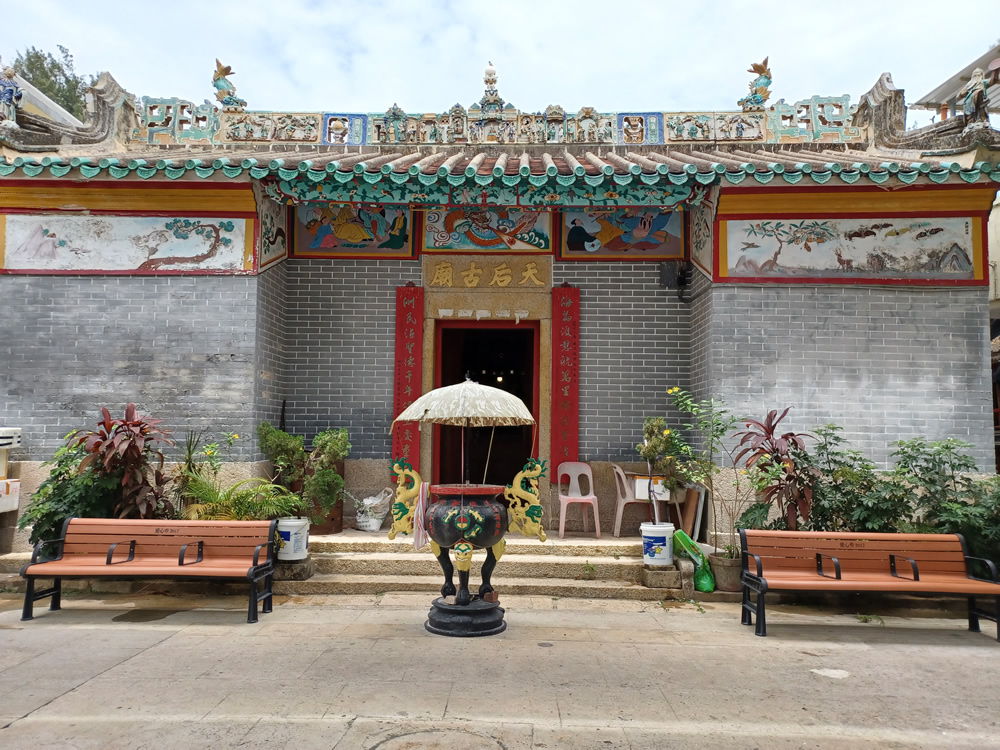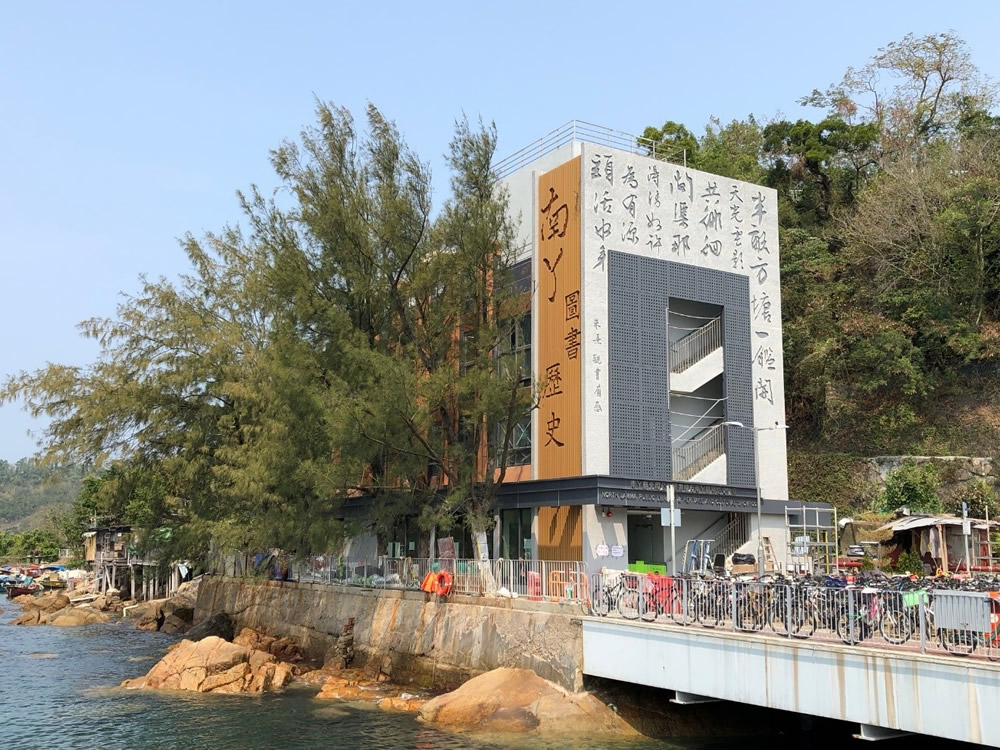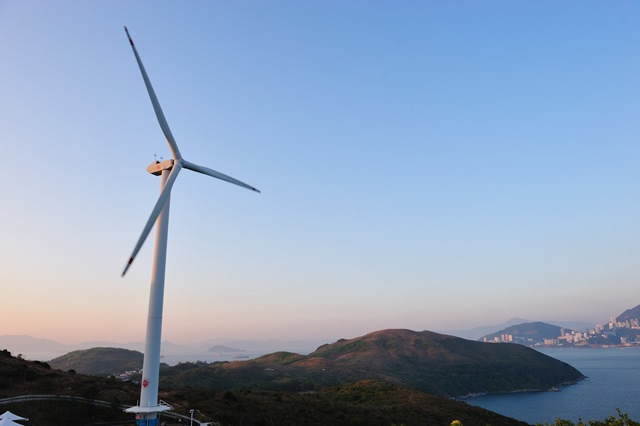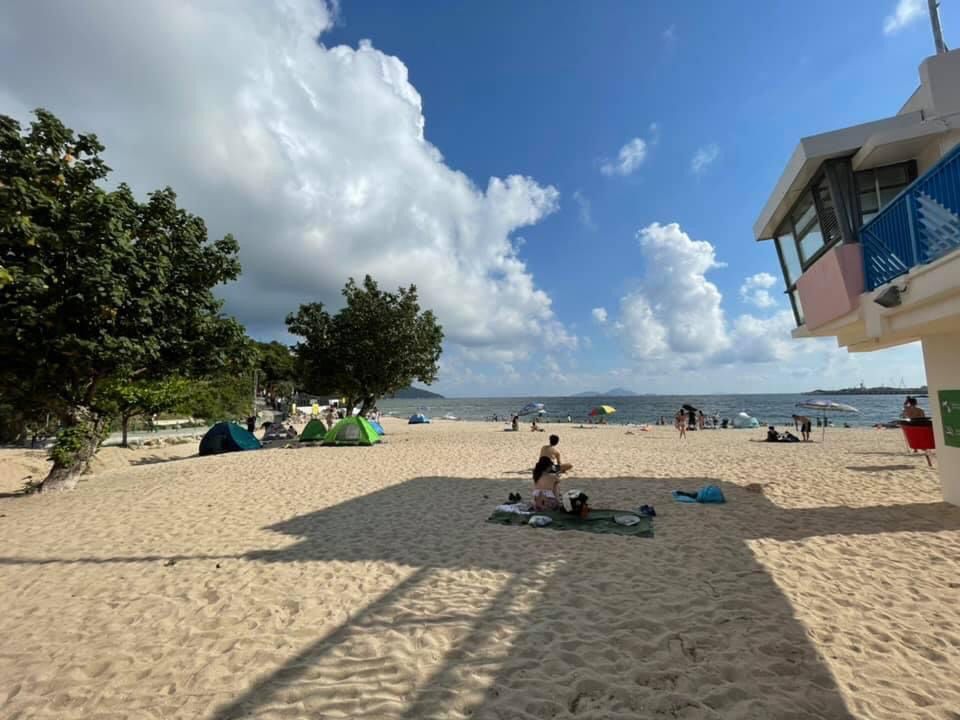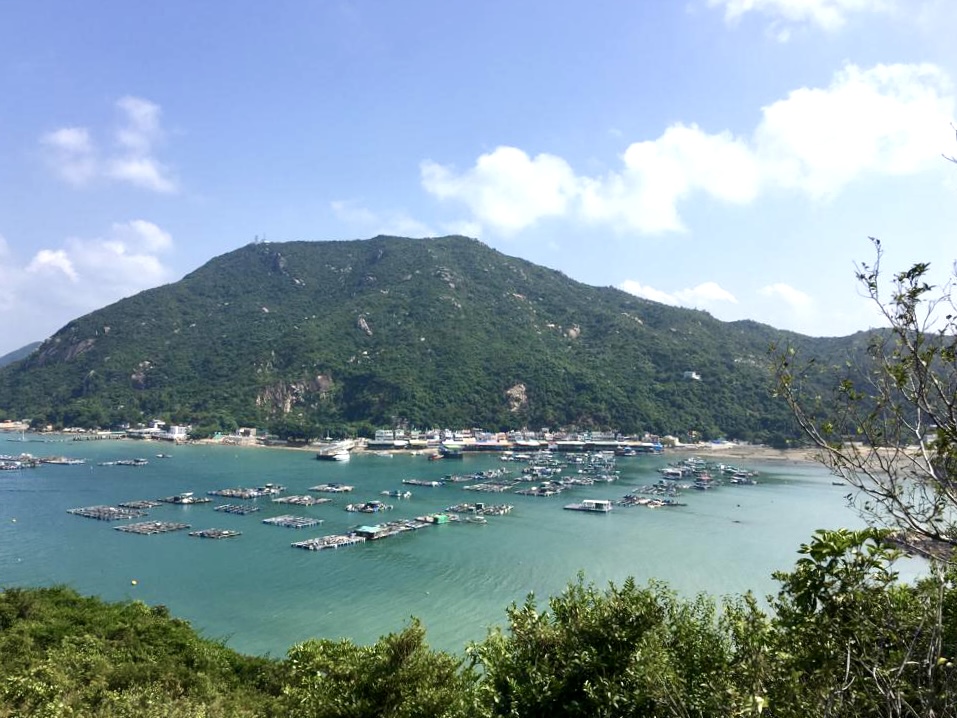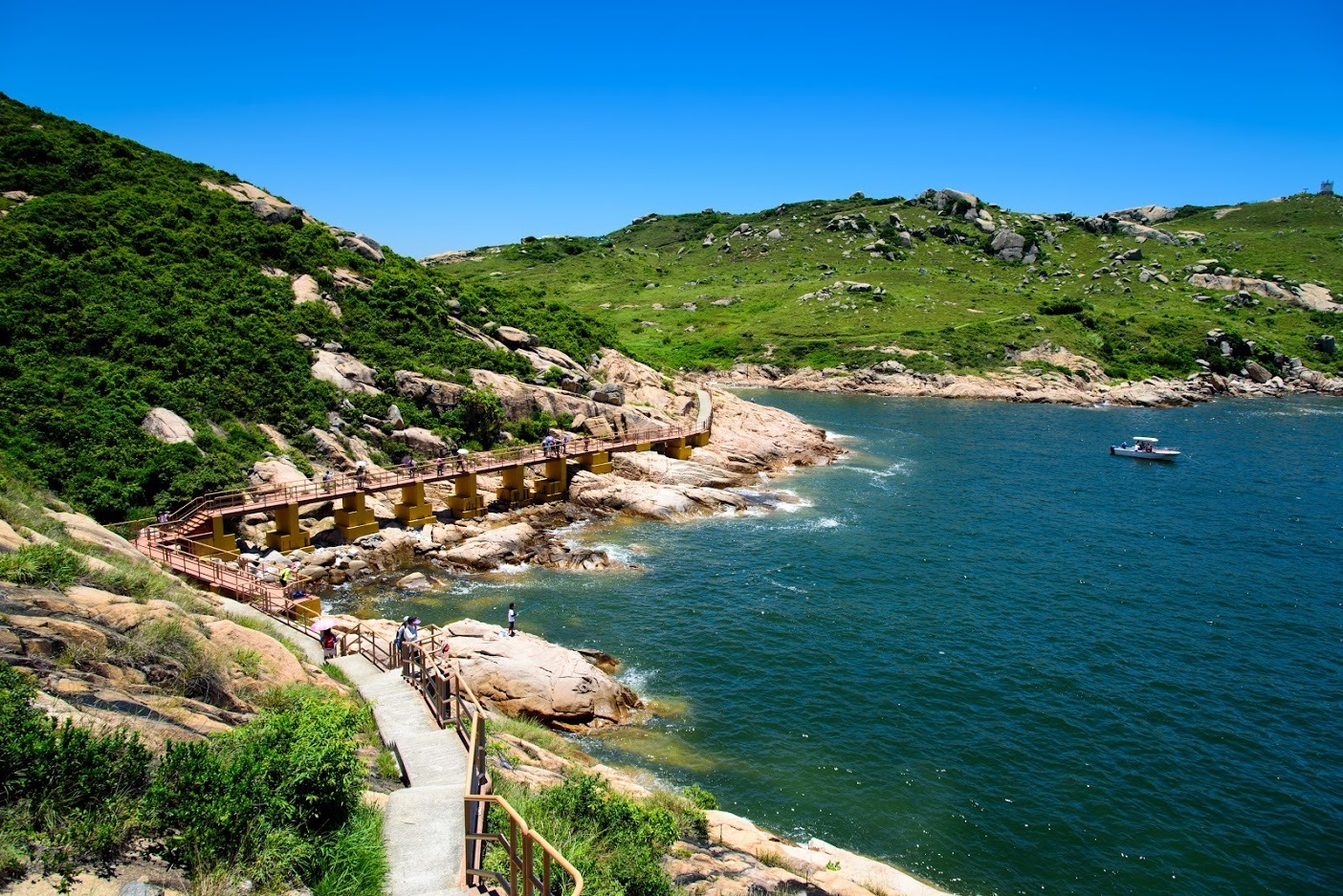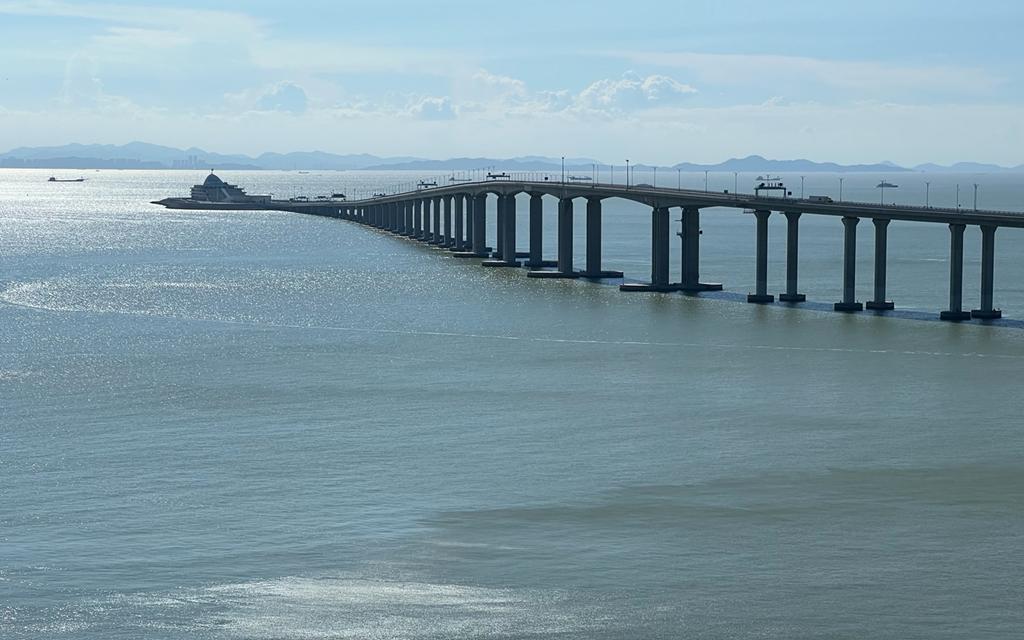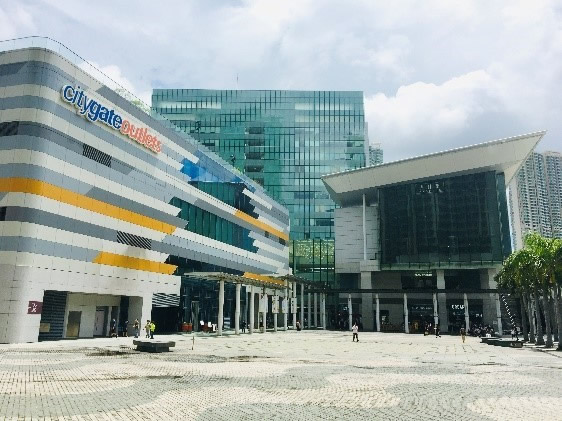
Po Lin Monastery at Ngong Ping was known as the “Big Thatched Hut” in the early days. It was established by Venerables Da Yue, Dun Xiu and Yue Ming from Jiangsu Province in 1906. In 1924, the “Big Thatched Hut” was renamed Po Lin Monastery.
The massive Po Lin Monastery has a specific architectural layout with major buildings constructed along the central axis facing southwest. Starting from San Men (Mountain Gate) visitors will be led up to Hall of Skanda Bodhisattva, Main Shrine Hall of Buddha, and Grand Hall of Ten Thousand Buddhas. Bell Tower and Drum Tower, Meditation Hall, Dining Hall and Sangha Hall are standing in symmetrical arrangements on the flanks. These edifices combine to form an orderly monastery complex. On the south side of the axis are Po Lin Hall and the facility for ceremonial and religious activities. Po Lin Monastery is a centre for advancing Buddhism and a platform for promoting Chinese culture, sculptural art and landscape gardening; and is the most well-known Buddhist monastery in Hong Kong.
The Big Buddha (also known as Tian Tan Buddha and Giant Buddha) sits solemnly atop the peak of Mount Muk Yue in front of Po Lin Monastery. The majestic status seated south and facing north, was modelled after Siddhartha who achieved enlightenment under the Bodhi tree. Cast with 250 tonnes of bronze, the statue’s body is 26.4 m tall and 34 m in total measuring from the lotus throne and the base. The Big Buddha is the largest outdoor Buddha statue of this type in the world. Inside the pedestal is a 3-storey exhibition hall presenting a number of invaluable Buddhist items, including Buddha’s relic. Climbing up 268 steps to reach the pedestal, visitors can worship the Buddha and enjoy the views of Lantau Island and South China Sea. Since the opening of the Big Buddha in 1993, Ngong Ping has become one of the most popular tourist attractions in Hong Kong.
 Transport
Transport
To plan your journey to Po Lin Monastery and The Big Buddha, visit the "HKeMobility" website (https://www.hkemobility.gov.hk) or mobile application developed by the Transport Department, insert your starting point and "Po Lin Monastery" or "The Big Buddha" as the destination to search for routes of different transportation mode. Alternatively, you may click the “Journey” button in the Google Map below.
The information provided in this website is for reference only, and is subject to change in accordance with the announcement of relevant Departments or organisations. The Government does not make any express or implied warranty as to the accuracy, adequacy, reliability or timeliness in relation to such contents, and will not be liable for any errors in, or omissions from any such information. Before planning your journey, please pay attention to the latest announcements of relevant departments or agencies, or contact them for enquiries of the latest opening status and opening hours of the attractions.












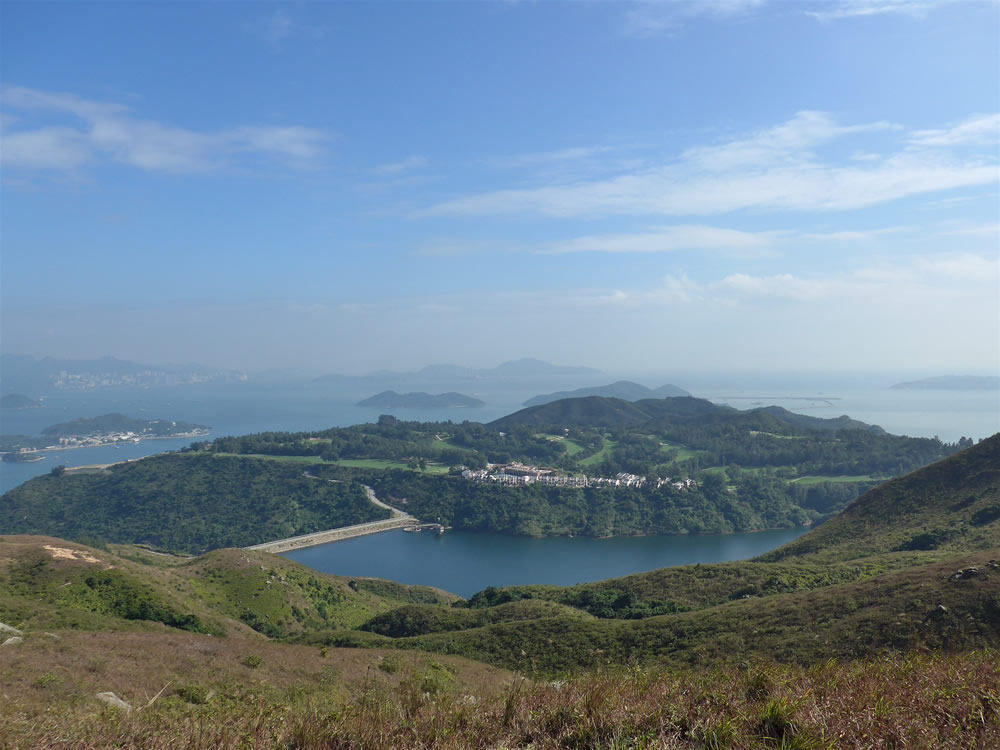
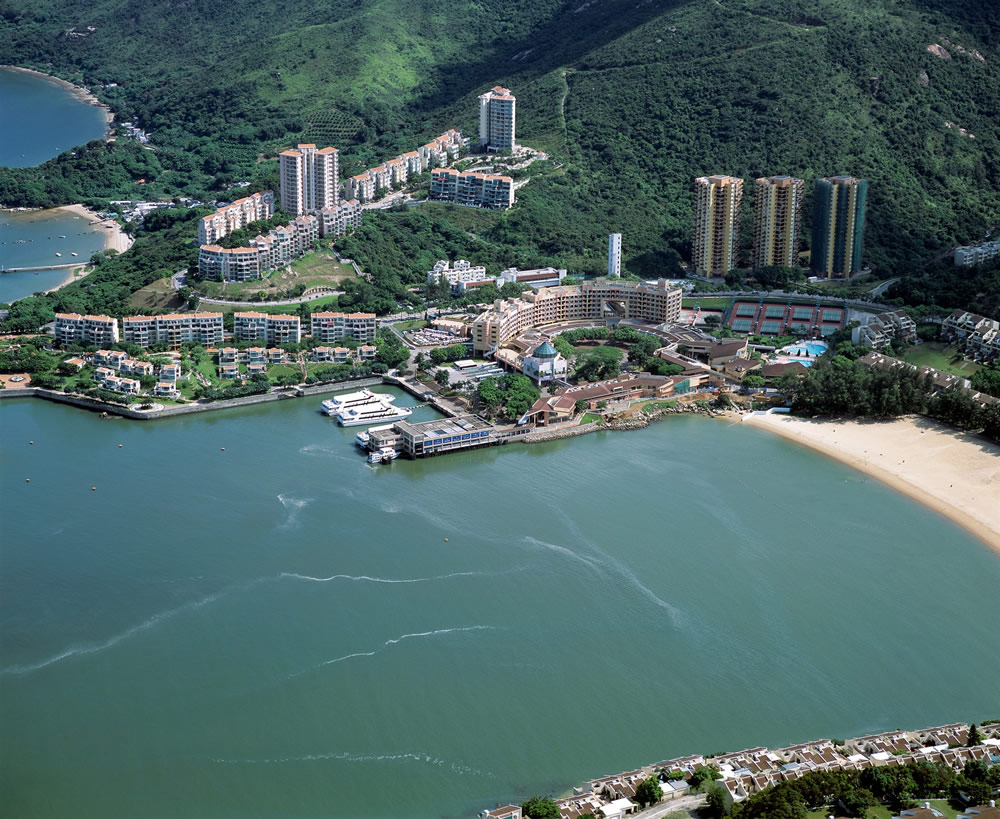
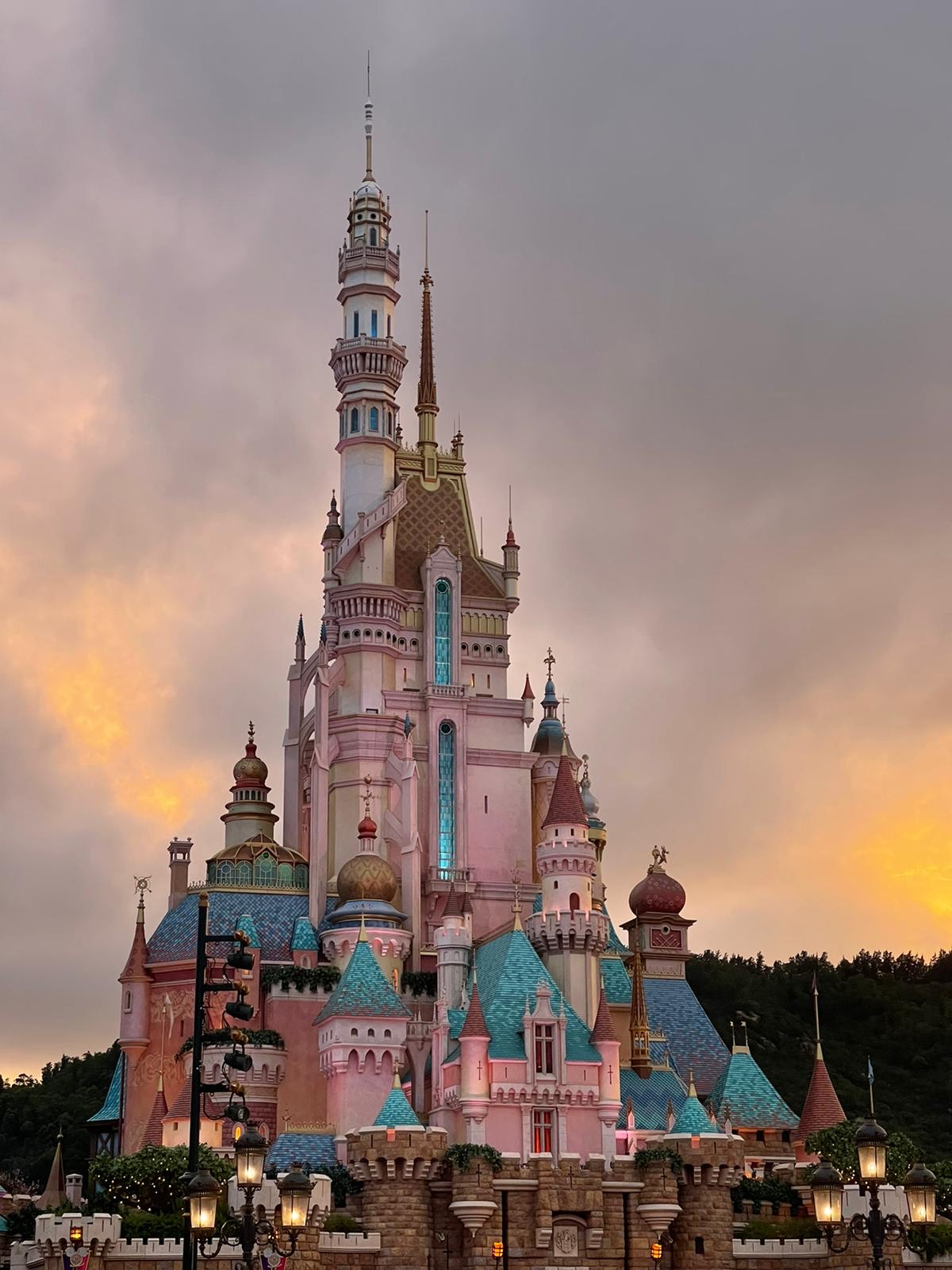
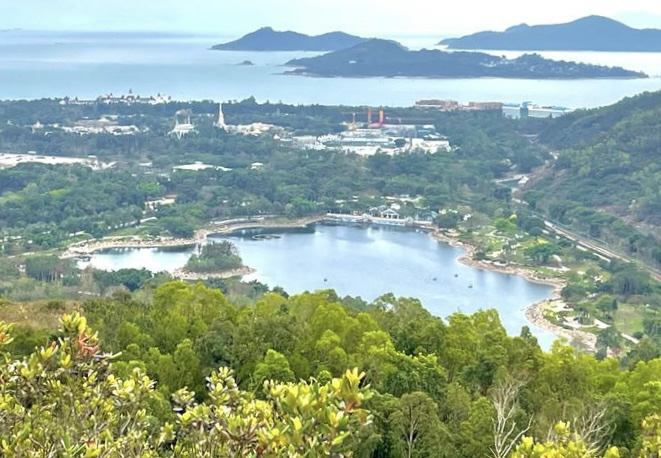
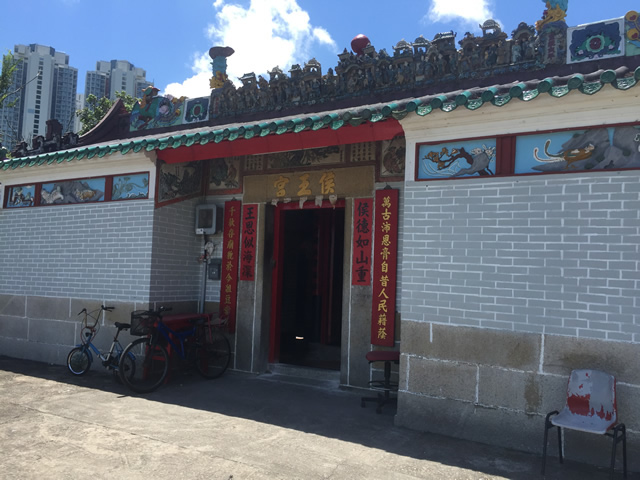
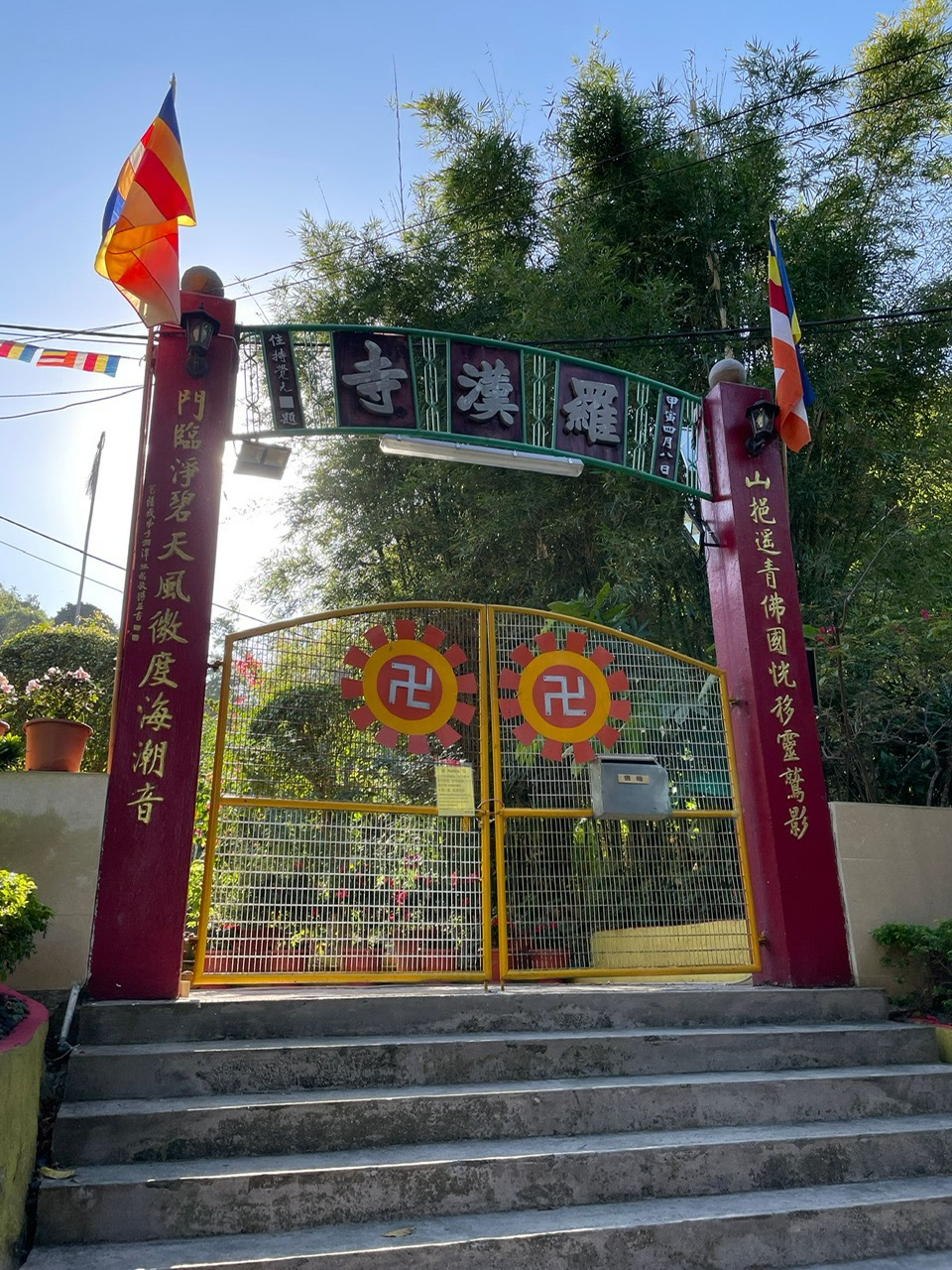
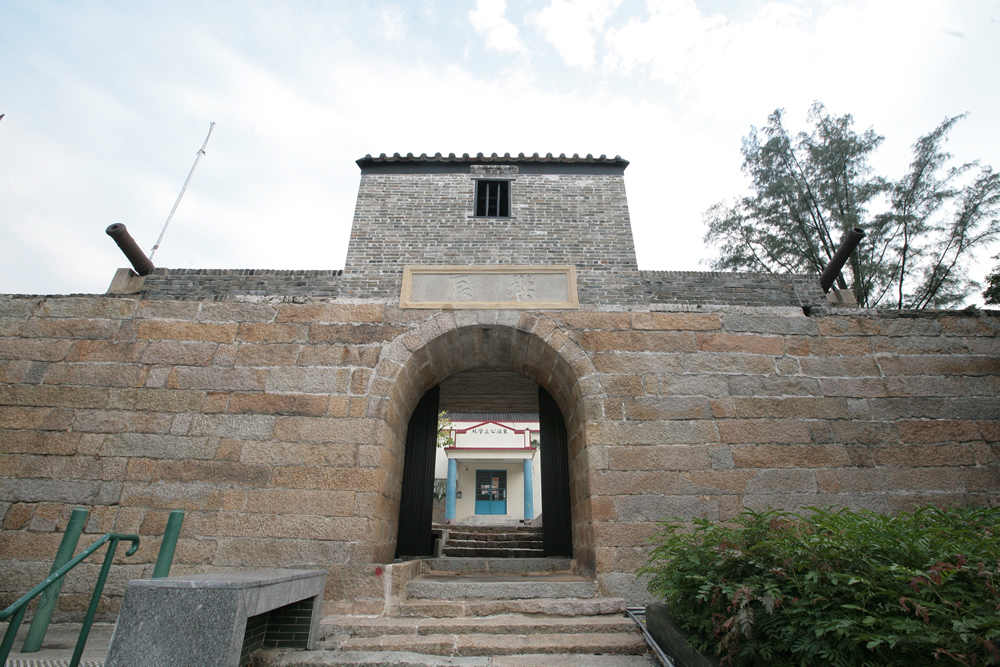
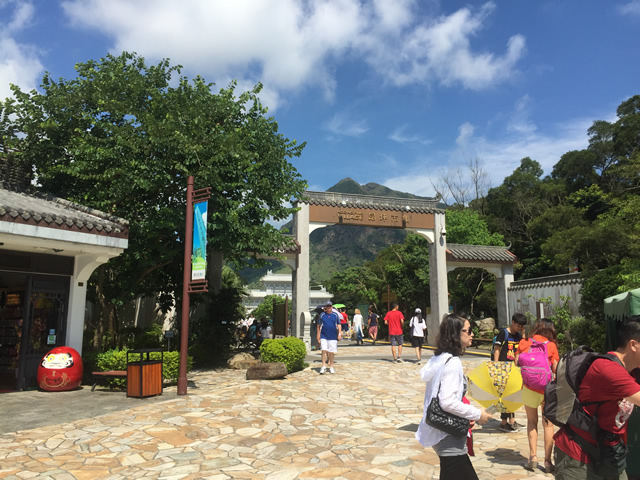
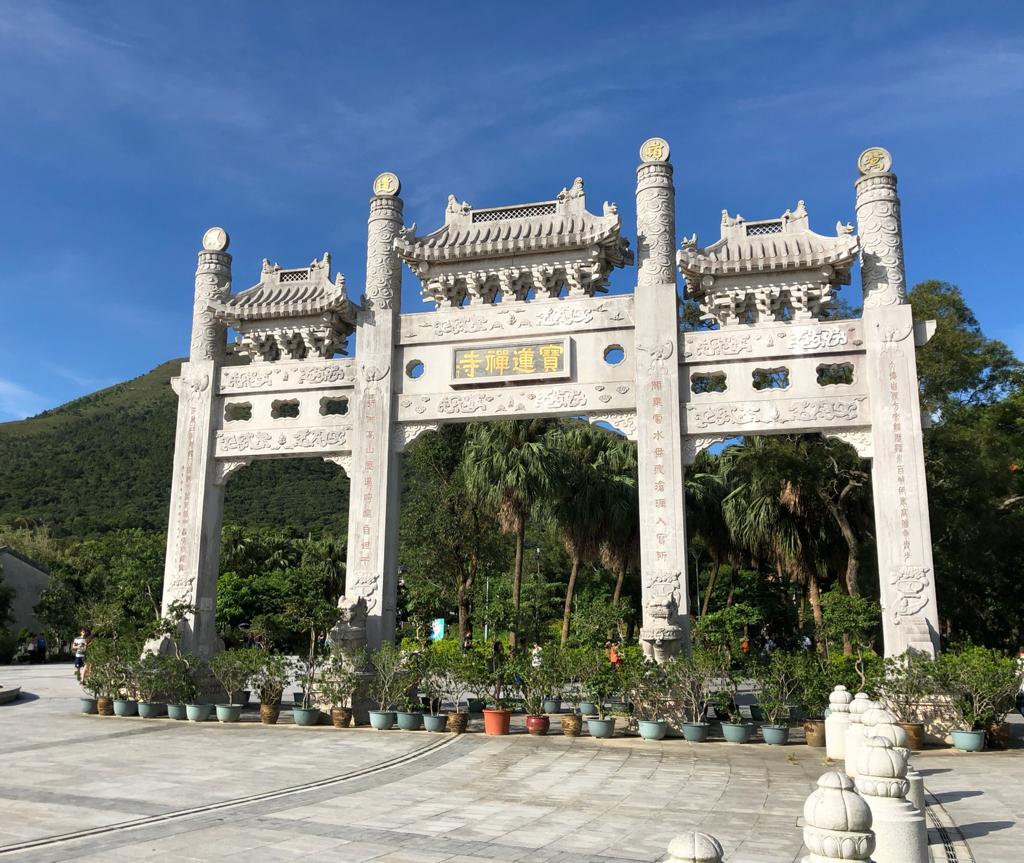
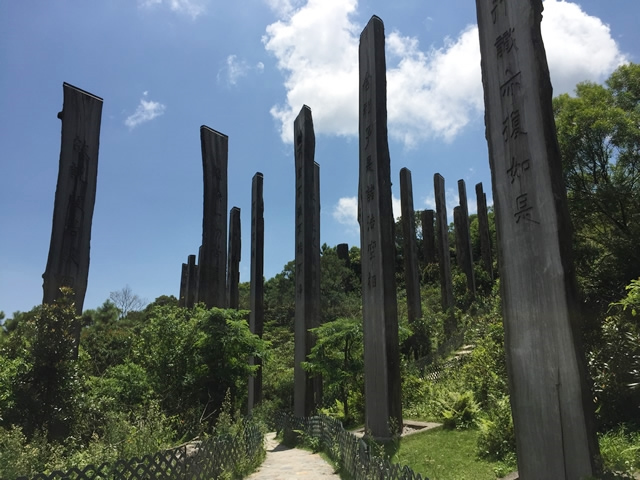
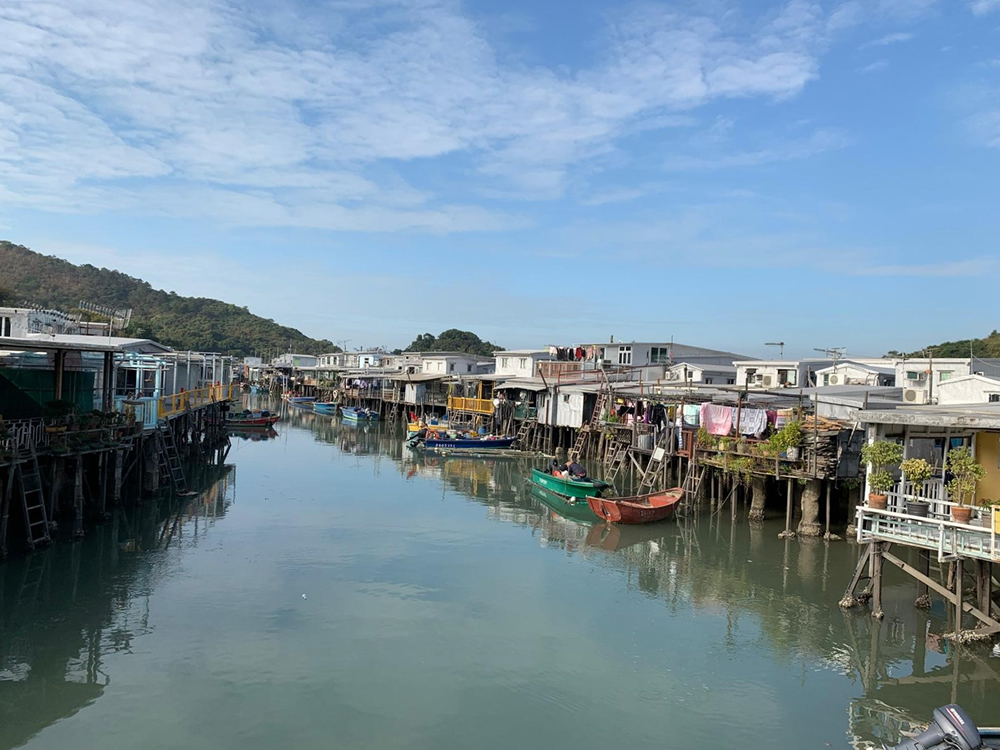
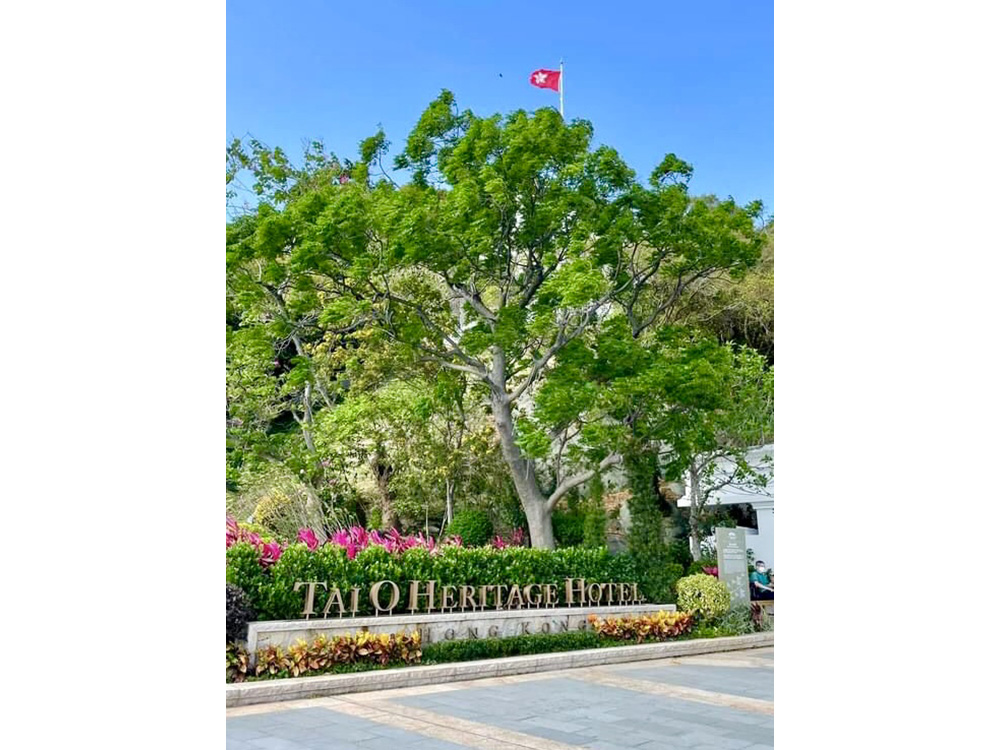
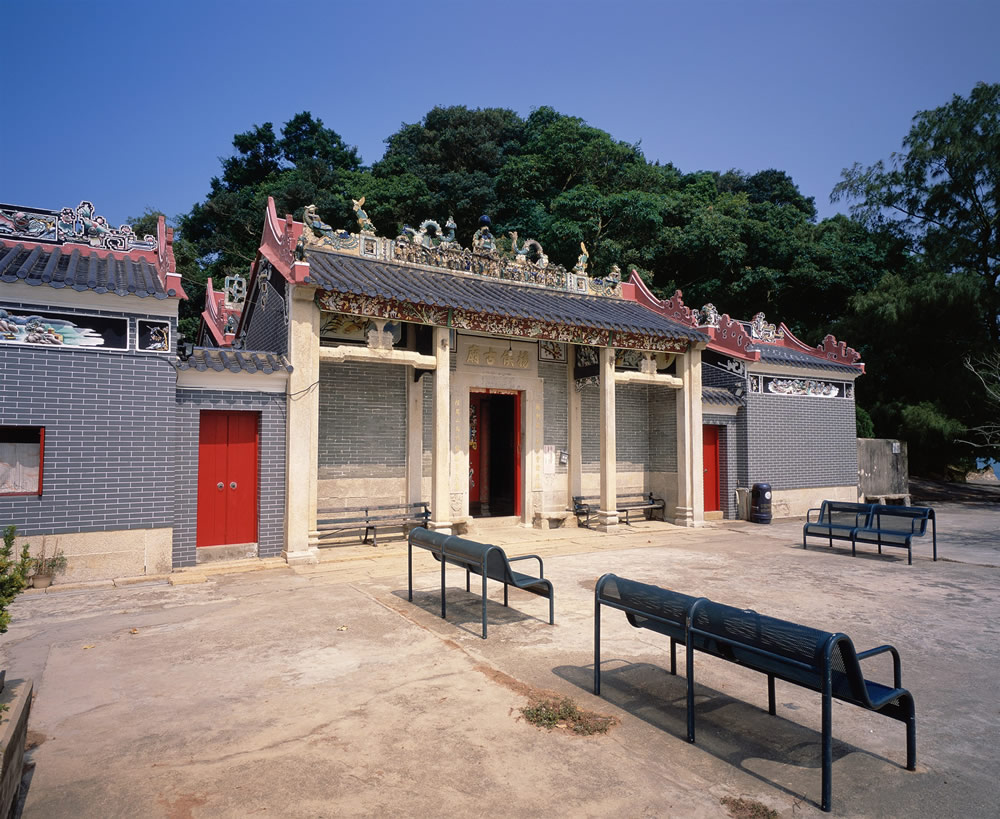
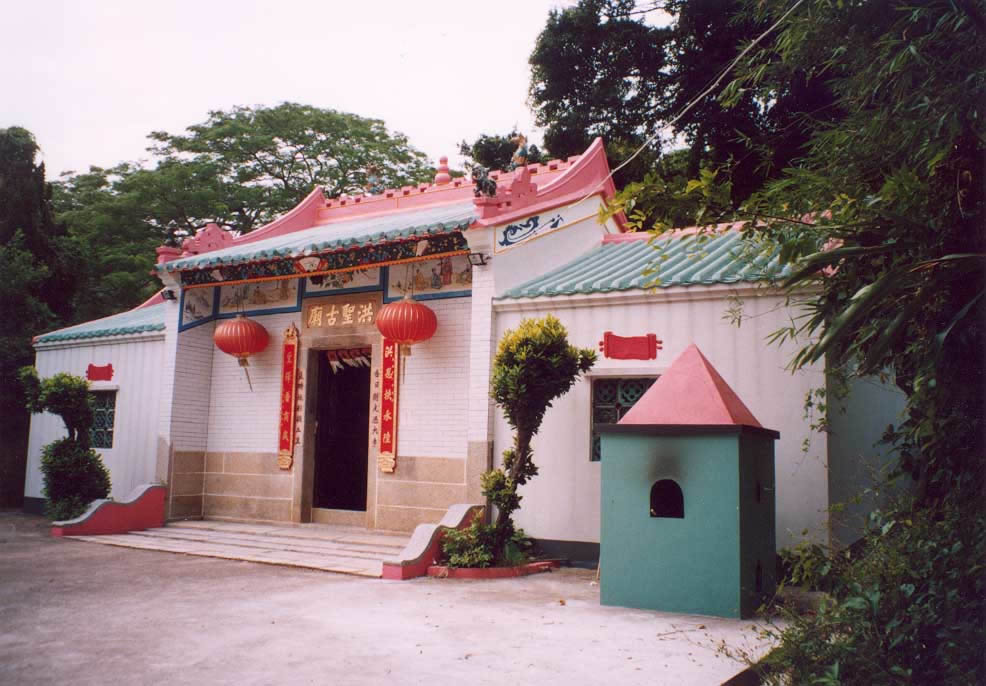

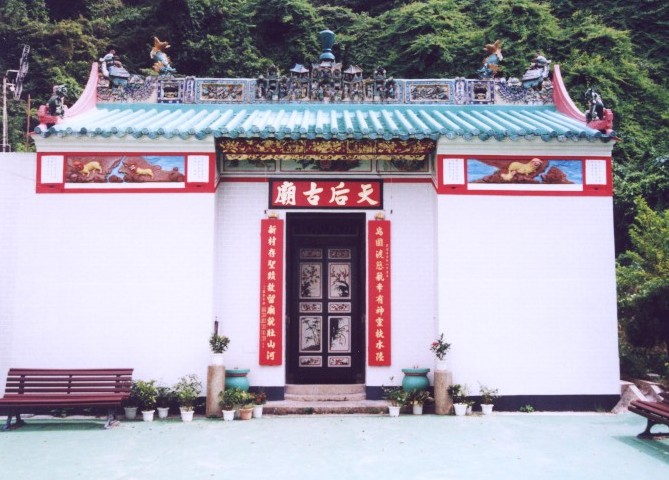
_1658408515.jpg)
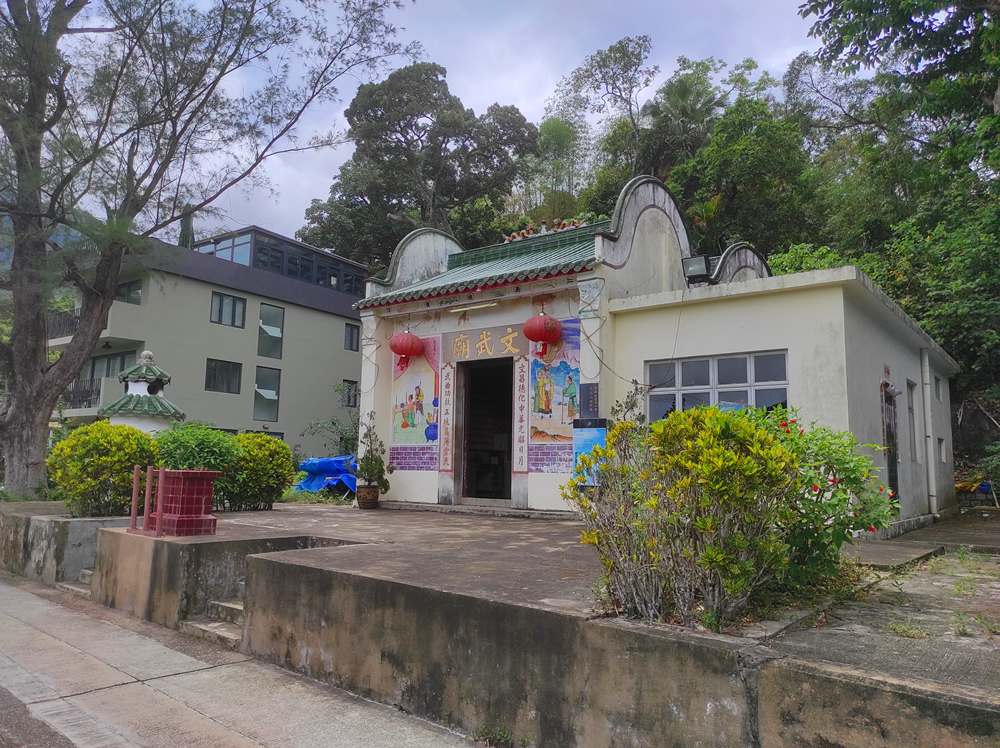

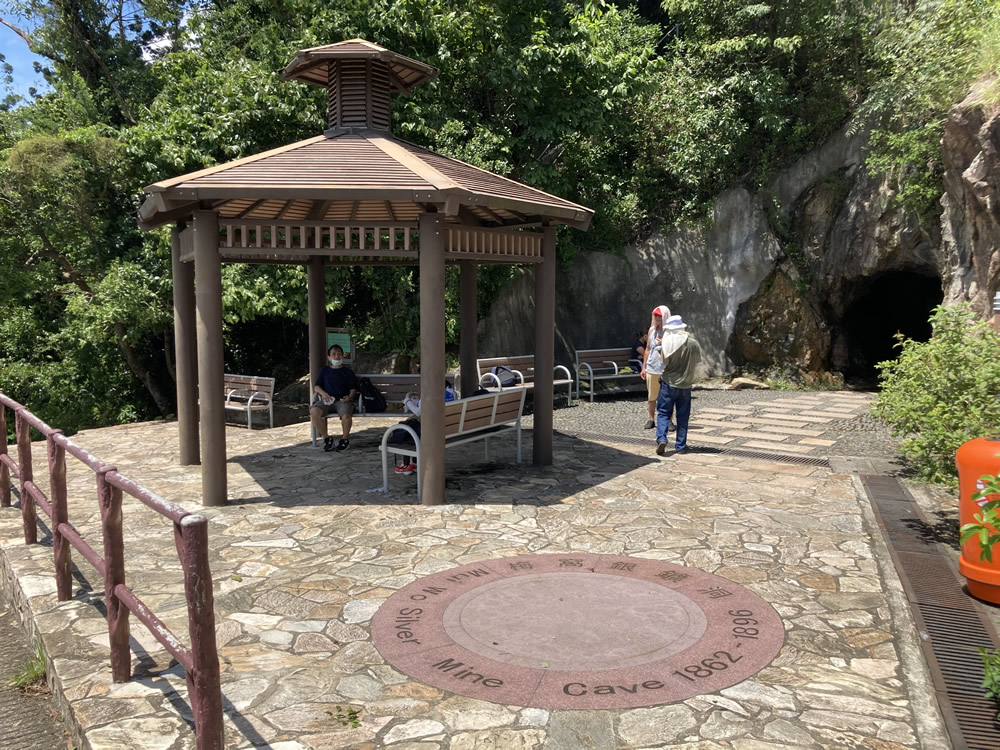
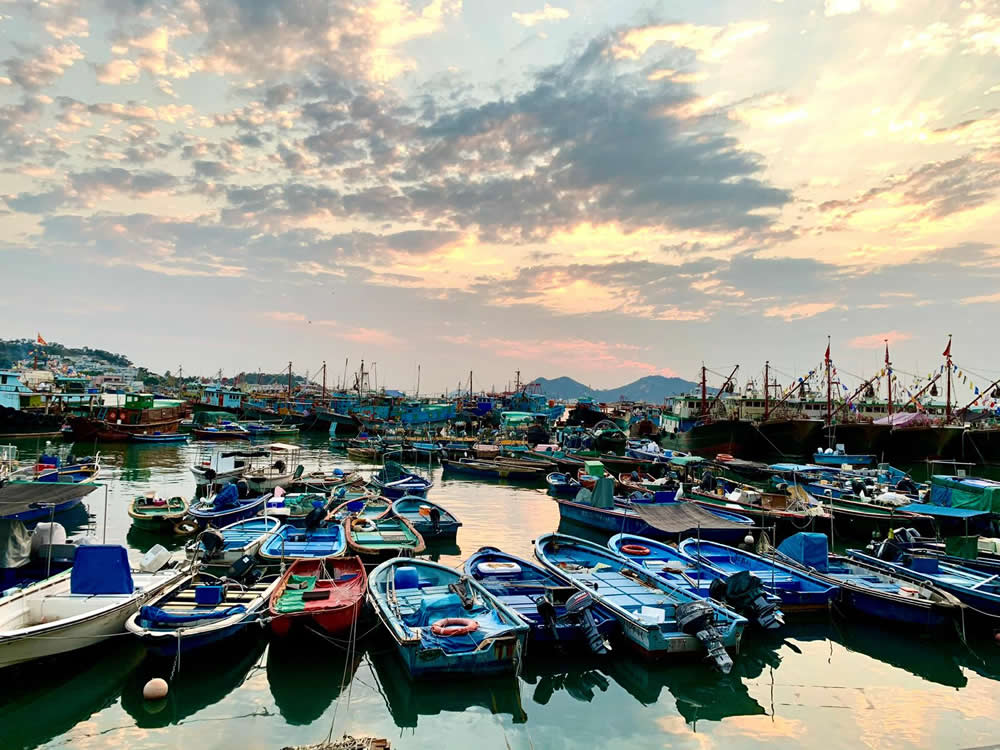
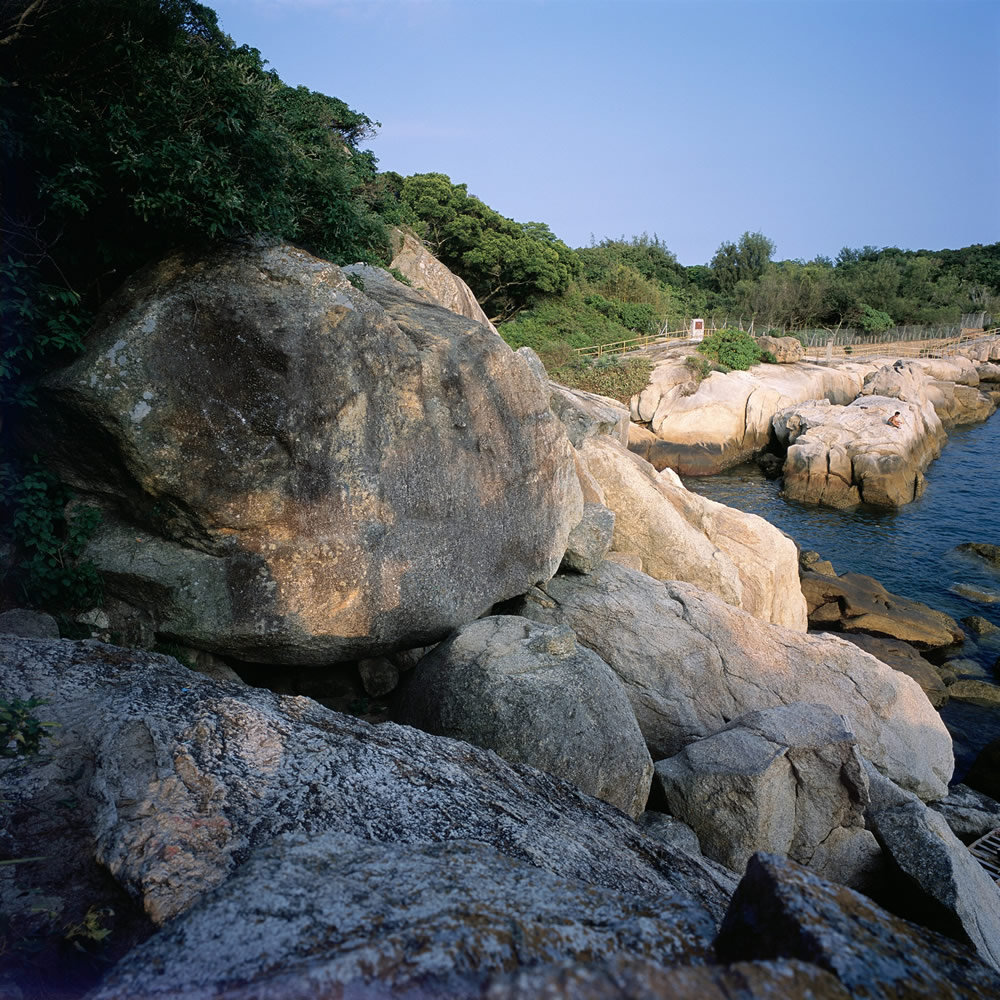


_2_1661395816_2_1661745704.jpg)
